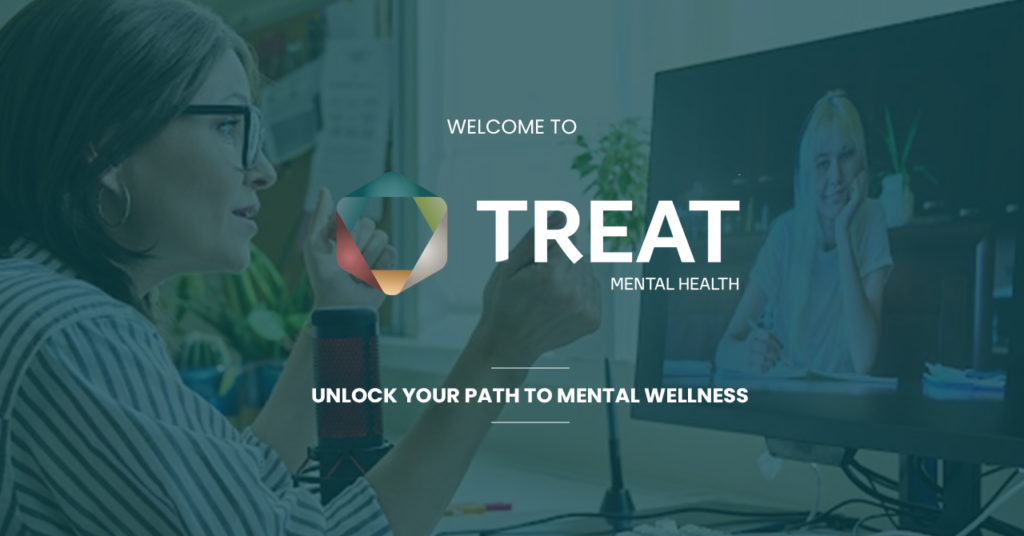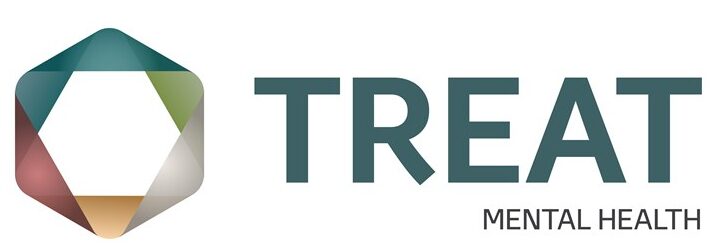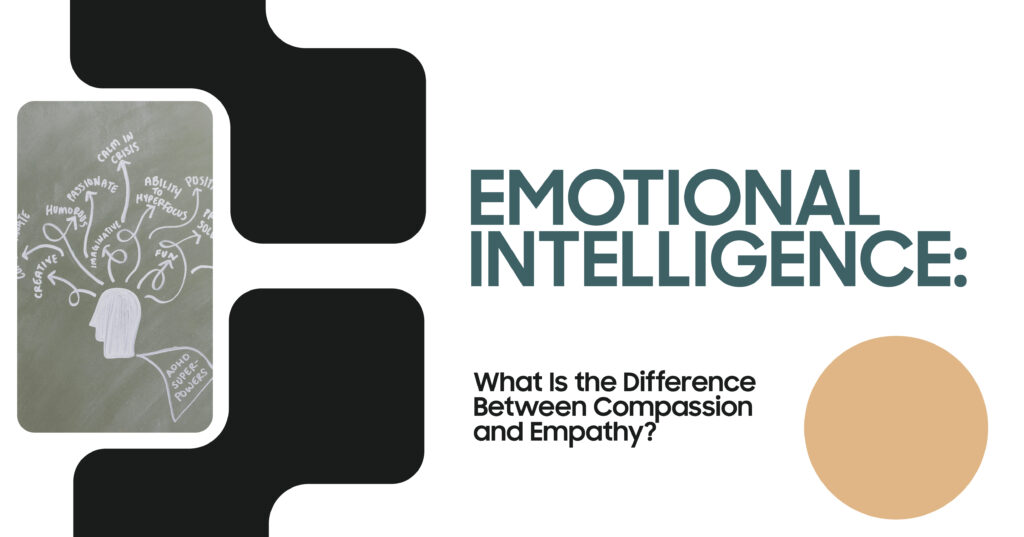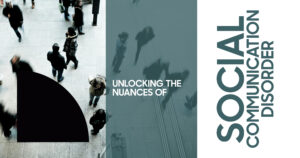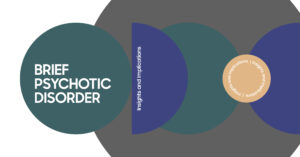In a world buzzing with feelings, flooded with posts about self-awareness, emotional support, and how to “be there” for others, the terms empathy and compassion often swirl together like twin stars in the emotional galaxy. They’re used interchangeably in quotes, captions, and therapy rooms. But here’s the thing — while they both stem from emotional intelligence and the desire to connect, they’re not the same.
We need that understanding more than ever. A recent Harvard study found that nearly one in three people feel emotionally burned out from supporting others, especially in caregiving roles or high-stress environments.
So, what separates these two emotional forces? Why does it matter whether we feel with someone or for someone? And how can we nurture both without burning out?
Defining Compassion and Empathy in Emotional Intelligence
At the heart of emotional intelligence lies the ability to recognize, understand, and manage not just our feelings, but also the emotions of others. This rich awareness gives rise to the concepts of compassion and empathy — two powerful forms of emotional connection that may look alike on the surface, but serve distinctly different roles in how we show up for one another.
Let’s gently pull them apart and see what they’re made of.
What Is Empathy?
Empathy is the ability to feel with someone — to step into their emotional shoes and experience their world from the inside out. It’s about perspective-taking, emotional resonance, and active listening. There are three main types:
- Cognitive empathy
- Emotional empathy
- Compassionate empathy (empathic concern)
What Is Compassion?
Conversely, compassion is the ability to feel for someone, to recognize their suffering and be moved to alleviate it. It starts with empathy but takes a step further into action. Compassion creates space between your feelings and theirs, allowing you to offer emotional support with kindness and wisdom, without losing yourself in their pain.
Unlike empathy, compassion is less about mirroring someone’s suffering and more about showing up as a stable, caring presence. It allows a therapist, a nurse, or even a friend to provide strength without emotional depletion.
Psychologist Dr. Kristin Neff, a pioneer in the field of self-compassion, describes compassion as “feeling moved by others’ suffering so that your heart responds to their pain” — not by merging with it, but by recognizing the shared human experience it represents.
The Role of Emotional Connection in Understanding Others
To truly understand another person, we need more than facts or logic — we need an emotional connection. It’s that invisible thread that pulls us closer, allowing us to hear someone’s words and feel the heartbeat beneath them.
In emotional intelligence, an emotional connection is the bridge between awareness and action. It transforms passive observation into active care. It’s the spark behind empathy and the fuel for compassion.

Without emotional connection, empathy becomes clinical, and compassion becomes distant. But with it, we create a space where people feel seen, heard, and safe — a space for real healing and real growth.
To make this even more straightforward, here’s a simple table that shows how emotional connection plays a role in understanding others through the lens of empathy and compassion:
| Element | Empathy – Feeling with Someone | Compassion – Feeling for Someone |
| Emotional Connection | Deep, shared emotional resonance | Grounded, caring emotional concern |
| Emotional Awareness | Highly sensitive and reflecting others’ emotions | High – noticing others’ distress with clarity |
| Perspective-Taking | Stepping into their shoes, mentally and emotionally | Understanding their pain while maintaining emotional boundaries |
| Active Listening | Absorbing tone, emotion, and meaning fully | Listening with the intent to soothe and support |
| Emotional Support Style | “I feel what you feel” – mirroring | “I’m here to help you through this” – stabilizing |
Perspective-Taking: A Key to Differentiating Compassion and Empathy
When we talk about emotional intelligence, one term quietly rises above the rest as a game-changer: perspective-taking. It’s not just about standing in someone’s shoes; it’s about seeing through their eyes, even when their worldview is wildly different from ours.
This subtle shift in mental positioning is what truly separates compassion from empathy.
Empathy leans heavily on emotional resonance — the “I feel what you feel” instinct. Perspective-taking is the process behind that resonance. It helps us understand why someone feels like they do, anchoring emotional reactions in context.
Compassion, on the other hand, uses perspective-taking more strategically. It allows us to witness suffering without getting emotionally submerged, to assess what the person needs, and to offer appropriate care without absorbing the pain entirely. That’s where emotional intelligence shines brightest — when the heart and mind work together.
Emotional Awareness and the Depth of Understanding Feelings
Before practicing true perspective-taking, we need something foundational: emotional awareness — the ability to identify and interpret emotions (both our own and others’) with accuracy and care.
Here’s where this awareness reveals its magic:
- It helps you recognize when someone is in distress, even if they aren’t saying a word.
- It allows you to distinguish between different kinds of emotional pain — sadness, fear, shame, frustration — so your response is actually helpful.
- It prevents projection: you don’t assume someone else’s story is like yours.
- It gives you the pause — the space — to reflect before reacting, so you can offer support instead of simply echoing back pain.
- It builds trust. People feel safe with those who see them clearly and respond with kindness, not chaos.
Building Interpersonal Skills Through Emotional Awareness
Strong relationships don’t just happen — they’re cultivated through the soft skills we often overlook: emotional awareness, empathy, compassion, and the humility to keep learning.

Developing emotional awareness boosts your interpersonal toolkit in ways like:
- Recognizing your own emotional triggers so you don’t project them onto others
- Reading others’ emotional cues and responding with appropriate sensitivity
- Communicating clearly, even during difficult or emotionally charged conversations
- Regulating your own emotional responses to prevent conflict escalation
- Expressing concern or care in a way that’s authentic, not performative
- Understanding when someone needs space vs. support
- Creating emotionally inclusive environments where people feel safe and respected
Practicing Empathy and Compassion in Daily Life
Whether you’re comforting a friend, parenting a child, leading a team, or simply sharing space with others, every moment offers a chance to show up with more intention. Here’s a table to help you integrate empathy and compassion into everyday interactions, without emotional exhaustion:
| Daily Scenario | Empathy Response | Compassion Response |
| A friend shares they’re feeling overwhelmed | “I totally feel that — I’ve been there too.” | “That sounds incredibly hard. What can I do to support you today?” |
| A colleague misses a deadline | “I get how stress can derail focus. I’ve felt that too.” | “Let’s find a solution that eases the pressure a bit.” |
| A child is having a meltdown | “I know how frustrating things can feel when you’re little.” | “I’m here with you. Let’s breathe together and find what you need.” |
| A stranger lashes out or is rude | “They must be going through something — I feel that tension.” | “They’re in pain. I won’t absorb it, but I’ll respond with calm.” |
Enhance Emotional Intelligence With Treat Mental Health
Emotional intelligence isn’t just a skill — it’s a lifelong journey toward understanding, connecting, and healing. Whether you’re navigating complex relationships, recovering from emotional exhaustion, or simply want to build stronger connections with others, Treat Mental Health is here to support you every step of the way.
If you’re feeling overwhelmed or want to explore how compassion and empathy play into your mental well-being, contact Treat Mental Health today. Our compassionate professionals are just a click away.
FAQs
How does emotional intelligence enhance interpersonal skills and foster emotional connections?
Emotional intelligence helps you understand your own emotions and respond to others with sensitivity. It strengthens relationships by encouraging empathy, healthy boundaries, and deeper emotional connections.
Why is perspective-taking essential in distinguishing between compassion and empathy?
Perspective-taking allows you to understand someone else’s experience without becoming overwhelmed by it. It helps you practice empathy with emotional closeness and compassion with grounded support.
What are the key differences between compassion and empathy in terms of emotional awareness and understanding feelings?
Empathy involves deeply feeling what another person is going through, often mirroring their emotions. Compassion steps in with emotional awareness, creating a bit of distance so you can respond helpfully without absorbing their distress.
How can active listening strengthen emotional support and improve emotional awareness?
Active listening shows others they’re truly heard, building trust and safety. It sharpens your emotional awareness by helping you pick up on subtle emotional cues and respond with greater care.
What practical strategies can be used to develop perspective-taking and enhance interpersonal skills?
Practice curiosity in conversations, ask open-ended questions, and reflect on how others might experience situations differently than you. Journaling, mindfulness, and empathy-based role play can also improve these interpersonal skills.
